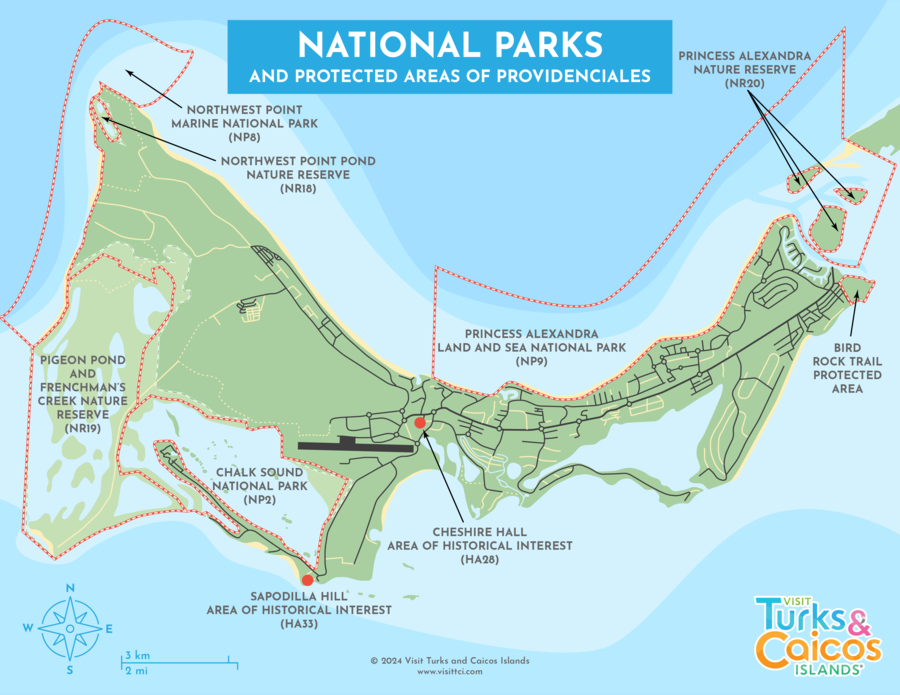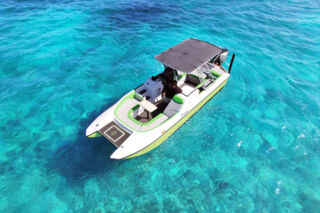Providenciales Diving for Conch and Lobster

Diving for conch and lobster has been a crucial element of life in the Turks and Caicos for centuries. It’s simply the collection of queen conch or spiny lobster by diving from the surface on a single breath.
In the past, a “look bucket” (essentially a bucket or box with a glass window in the bottom) and hook pole were used. Today, a snorkel, a mask, and fins are the tools of the trade.
Diving for conch and lobster remains a mainstay of the small-scale fishing industry in the Turks and Caicos, as well as being a popular fishing activity for visitors and locals alike. Snorkeling for conch is also a feature of some full day BBQ cruises and fishing charters.
Except for harvesting lionfish, no marine fish or product may be taken with the use of scuba diving equipment. This is to prevent the overfishing of threatened species.
Queen conch (Aliger gigas) can be found throughout the Turks and Caicos. Their favored habitat is shallow-depth seagrass beds, which surround many of the islands in the archipelago. This giant marine gastropod is simply picked up off the ocean floor and carried back to the boat or land.
Caribbean spiny lobsters (Panulirus argus) are another seafood collected by freediving. These crustaceans are most active at dusk and dawn, when they typically emerge from their hideouts to scavenge for food. Because of this, there tends to be a very early start to the opening day of the lobster season.
Your catch of lobster and conch can be grilled on the beach during your day out or taken to a local Turks and Caicos restaurant for expert preparation.
Local Laws and Regulations
There are quite a few regulations to be aware of when collecting conch and lobster in the Turks and Caicos.
Fishing Licenses
Most persons fishing in the Turks and Caicos must be in possession of a valid fishing license. Daily, monthly, and annual licenses may be purchased from the Fisheries Department (located at #176 Philip Handfield Building on South Dock Road on Providenciales). While annual licenses can only be purchased at the Fisheries Department, many of the marinas in the country sell daily and monthy fishing licenses.
Fishing Seasons
Lobster has a designated fishing season, and it’s a violation of the law to gather or be in possession of lobster outside of the open season. Violators face significant fines.
The exact dates vary, yet the lobster season is typically open from mid-August to April. Conch can be consumed year-round, but there is an applicable season for exporting conch.
There are also minimum size requirements for conch and lobster.

Protected Areas
The Turks and Caicos has a large number of protected nature reserves and national parks, where it’s illegal to harvest any marine animal other than lionfish. Much of the coastline surrounding the island of Providenciales is protected, including the popular Grace Bay Beach, Leeward Beach, the Bight Beach and Bight Reef, Smith’s Reef, and Malcolm’s Road Beach. Fishing in a protected area will incur a significant fine.
If you fish or collect conch or lobster on your own, it’s your responsibility to have the appropriate licenses and knowledge of protected areas and regulations.

